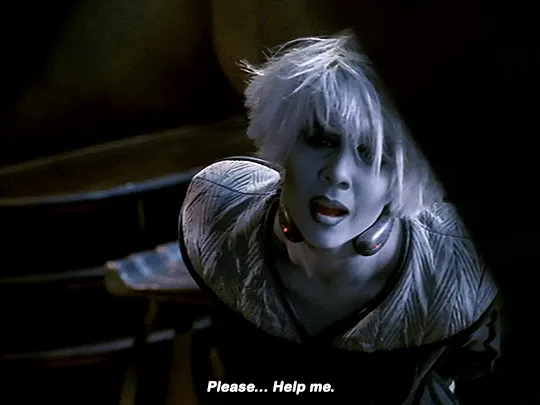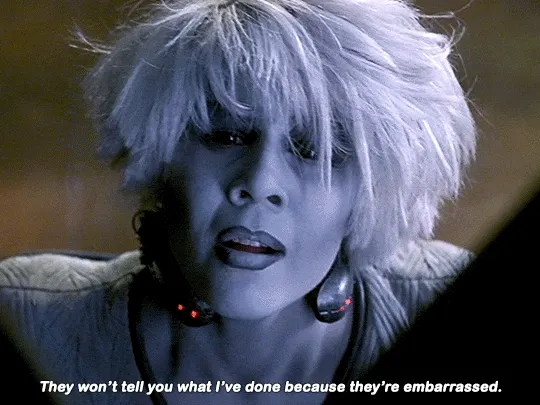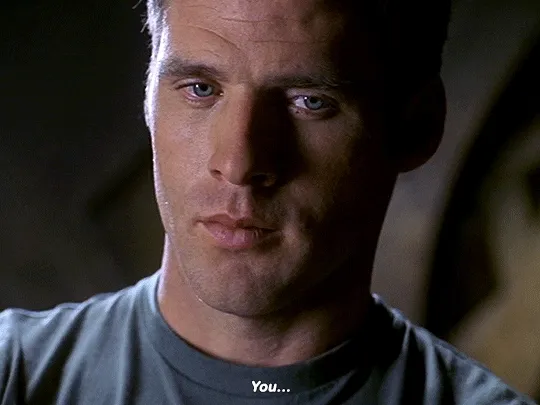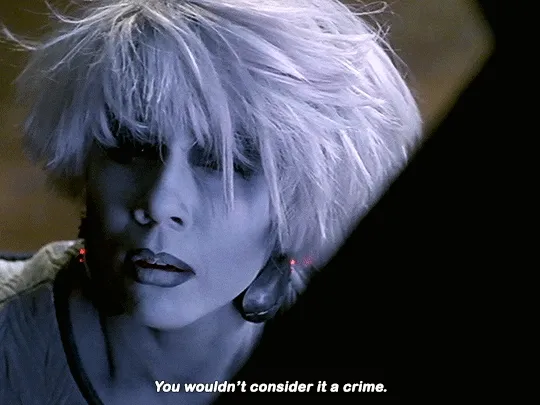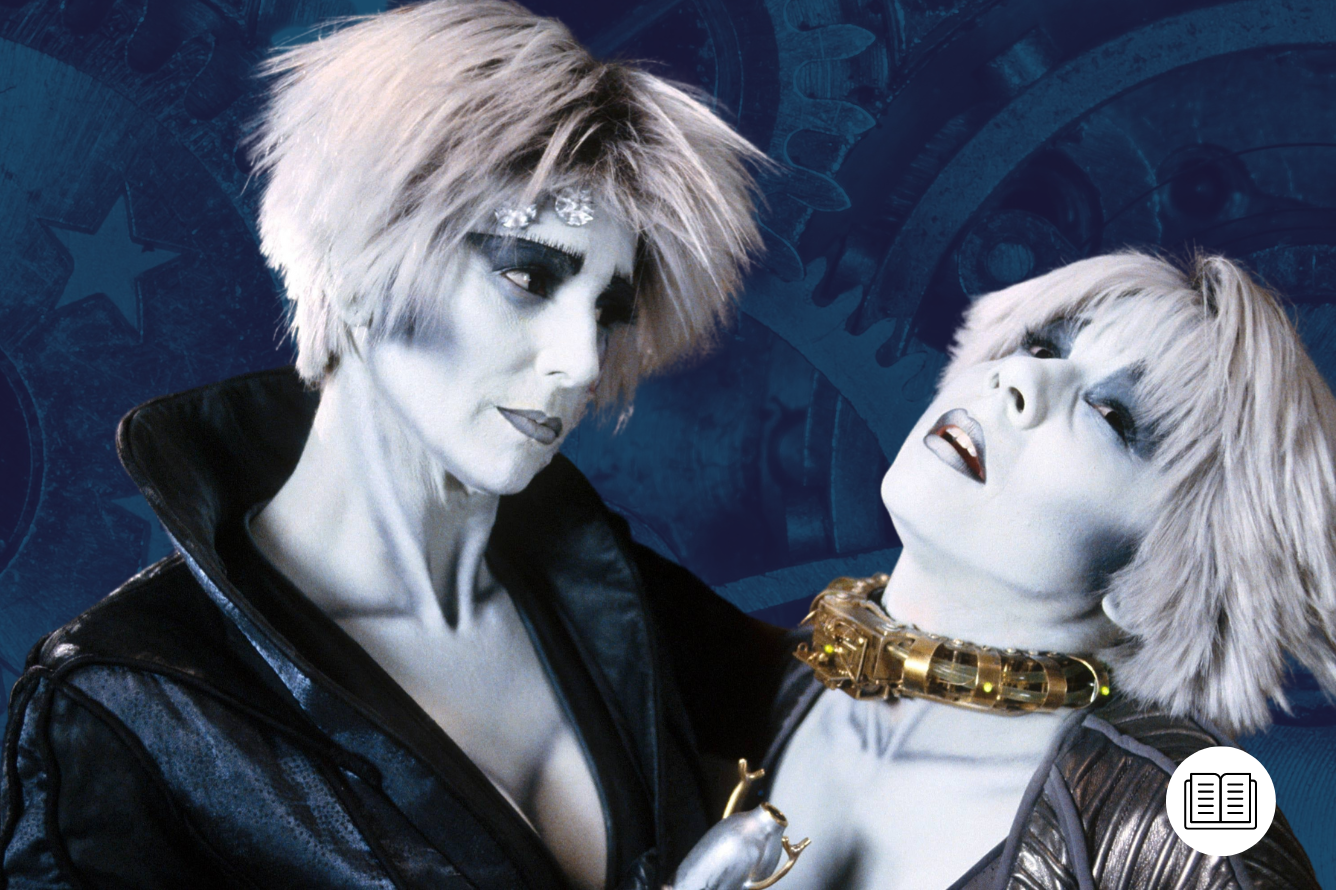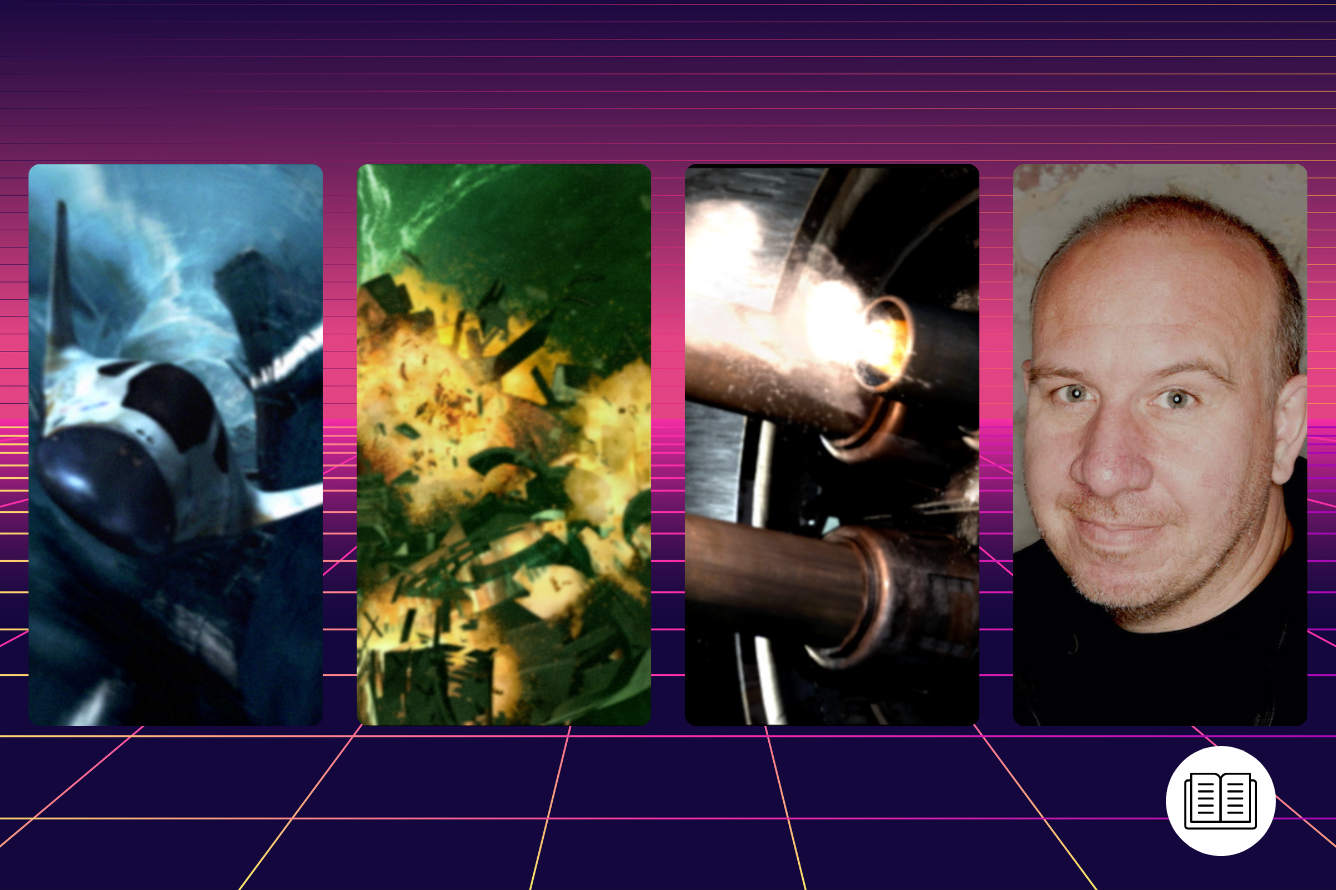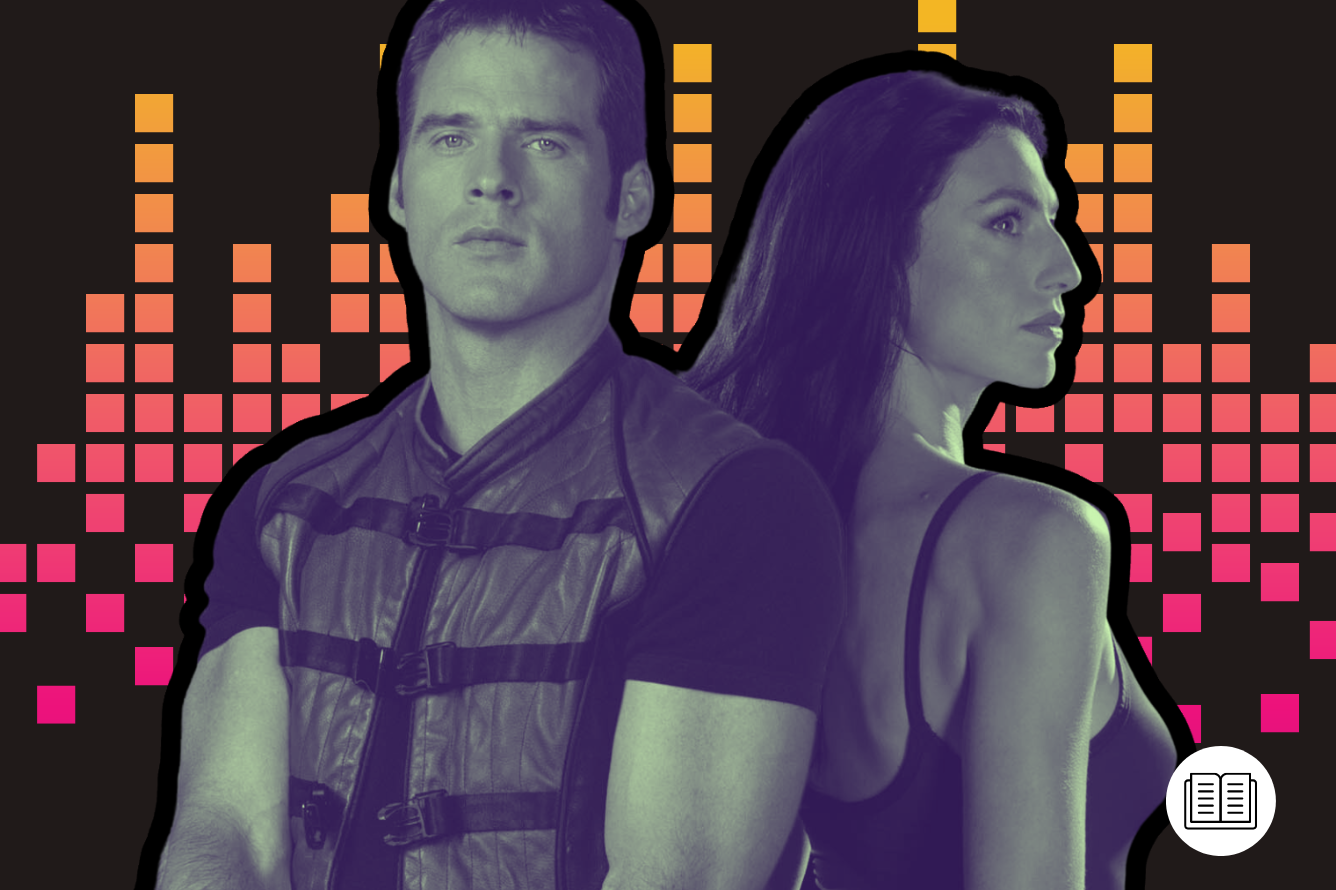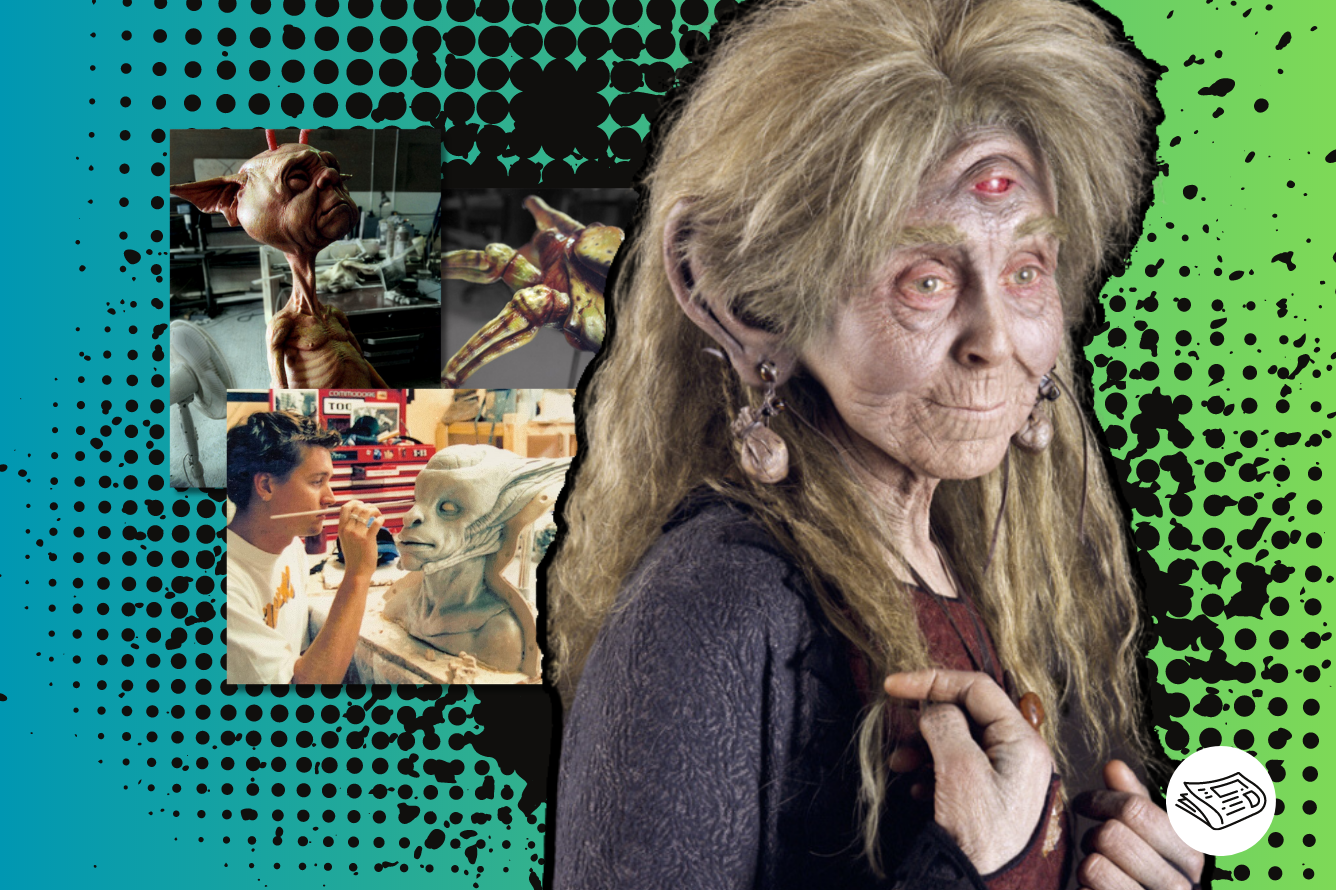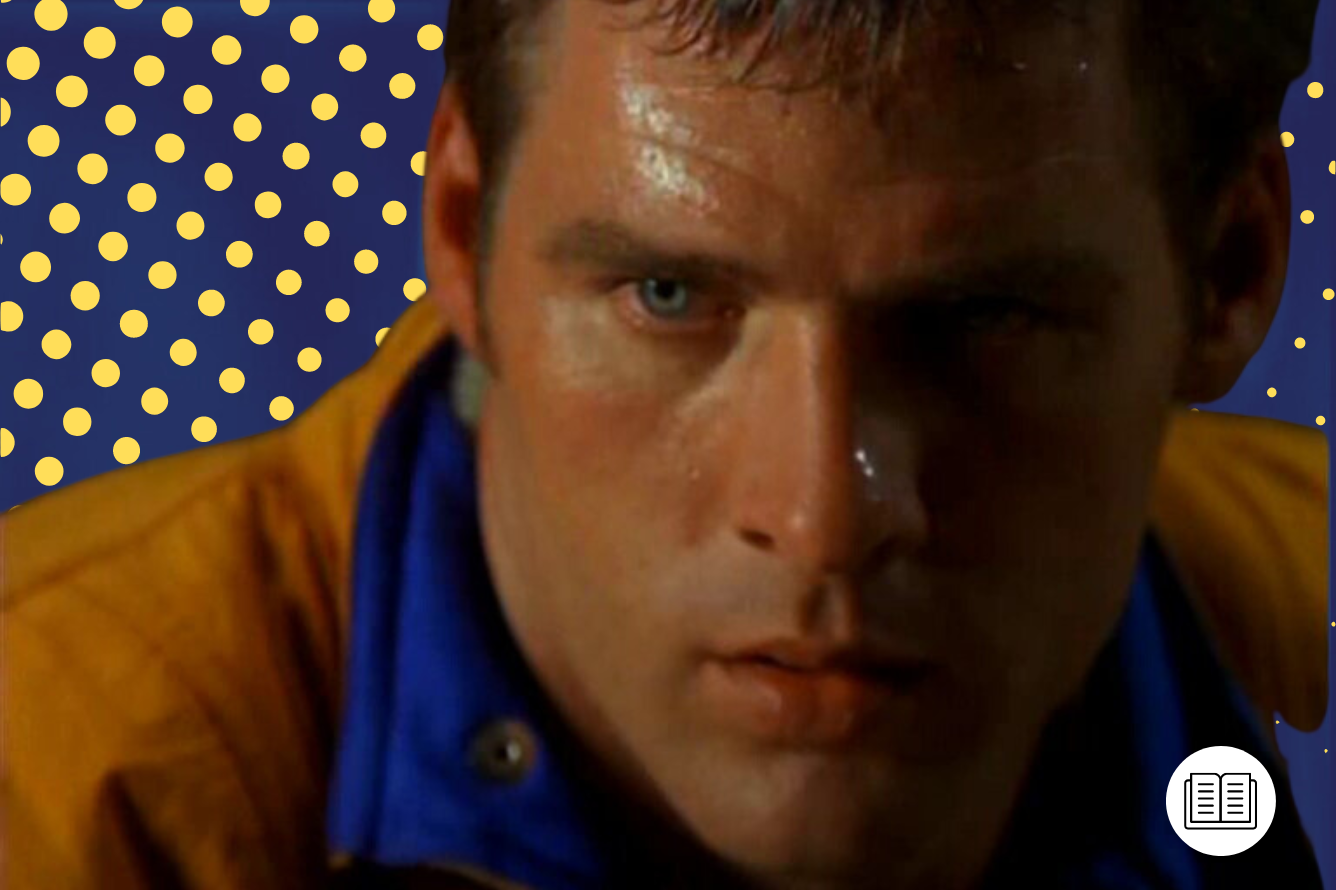As fugitives in a predominantly unknown section of the galaxy, the central cast of Farscape does not cower in the face of danger, whatever form it might take. In any given episode the crew of Moya will face down threats of a near-infinite variety, including but not limited to the following: insane military commanders, galactic war, what appears to be a wax skeleton shoved into a fetish suit, monstrous puppets that would make Pinocchio terrified of being a real boy, themselves, and leather chafing. Given all that they have to face off with on-screen, one might not expect that the greatest danger to the characters and galaxy of Farscape exists primarily on the sidelines of the show.
The Nebari are a race who, with the exception of Chiana (Gigi Edgely), appears in only a handful of the series’ 88-episode run. Their limited screen time is irrelevant to their threat level, however, as their ultimate plan would lead to nearly every race and being in the galaxy conforming to their culture, acquiescing to them, or being destroyed. This style of conquest is known as forced assimilation and, horrifically, has precedent in the real world.
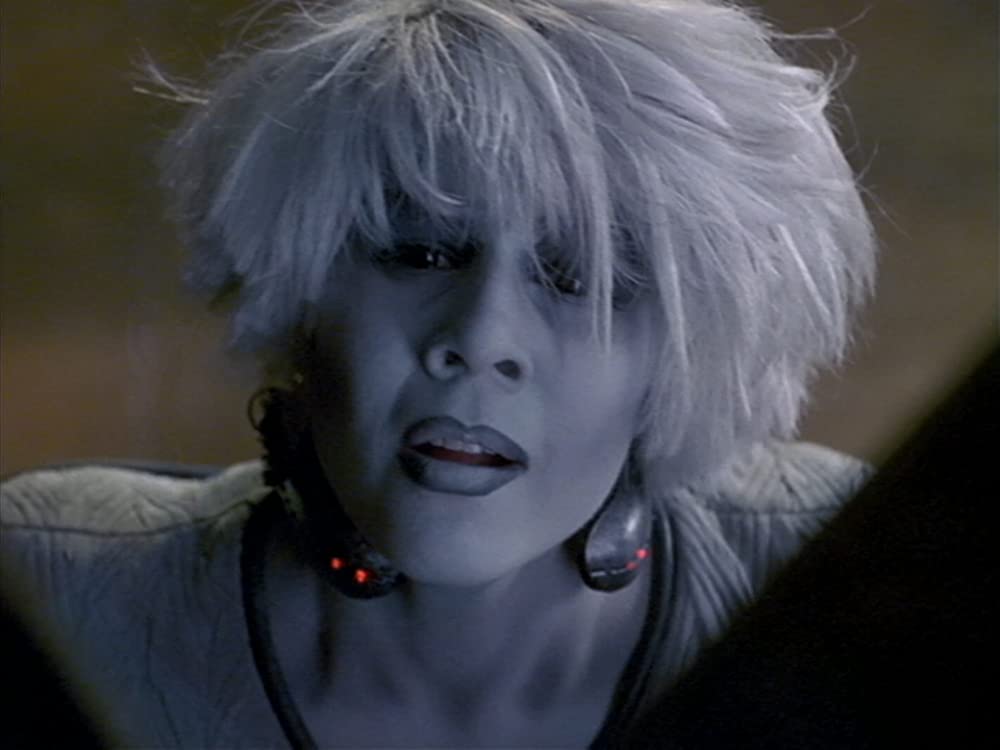
Within the universe of Farscape, the Nebari and their endgame are not particularly addressed considering that it does not overwhelm the more immediate threats to the protagonists—vague, looming galactic horror is not a priority when trying to escape a militant madman with a popsicle in his head. Still, the consequences of forced assimilation throughout human history are enough to alert audiences as to how horrifying the goals of the Nebari are. When the goals of their race are combined with the mere glimpses of their technology and methods, it becomes apparent that the Nebari are far and away the single greatest danger to the collective galactic lives in Farscape.
The Moral Justification for Authoritarianism
The atrocities committed by authoritarian regimes are normally accompanied by some type of justification, some flawed reasoning that belies the actual horrors committed. In modern Western history, the imperial conquest, and subsequent erasure, of indigenous cultures were often hand-waved away with the rhetoric of racial inferiority, divine right, and supposed societal improvement.
Nebari powers-that-be also use a vague blanket of an excuse for the crimes they intend to commit, one that they use to both comfort those who have already conformed and to smother those who will not. While the perception of a moral high ground may underlie the aforementioned justifications from recent history, for the Nebari it is the only outward reasoning they provide. As a culture, the Nebari have stringent mores and appear to see any behaviors outside of those parameters as flaws in the individual that must either be cured or purged.
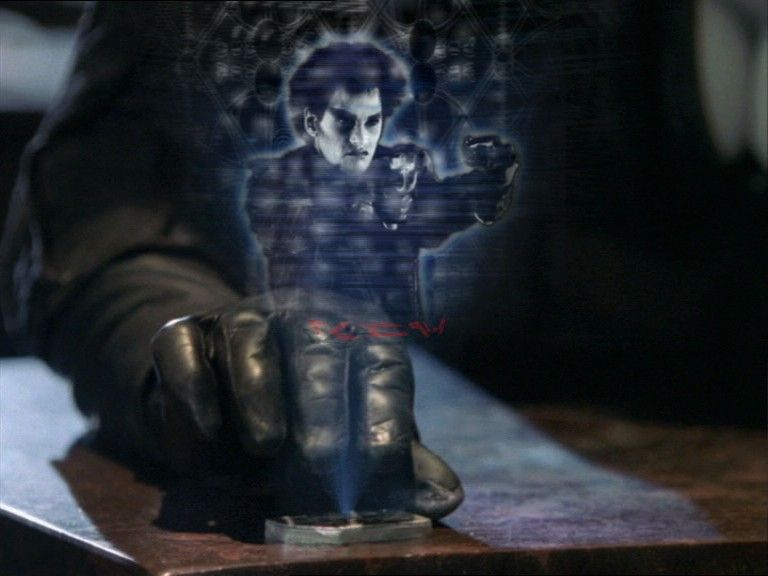
Farscape never provides an in-depth look at the Nebari government and systems of leadership, though it is made abundantly clear that total obedience and conformity is its defining attribute. The uppermost echelon of Nebari leadership would be their ‘High Command’, and it is the officials within this command that dictate the moral standards and set the spectrum of appropriate behavior. Beyond establishing a system of morals and behavioral expectations that would make George Orwell’s Nineteen Eighty-Four (1949) look like a hopeful dream, Nebari High Command is also responsible for issuing orders of enforcement.
In the two dedicated appearances of Nebari people, the crew of Moya finds them in the process of following through on the orders of High Command. A little more than halfway into the first season, there is the episode ‘Durka Returns’ (S1, Ep15) and this marks the introduction of the Nebari to the main characters and the audience. Rather than creating an exciting situation in which a new race of beings is discovered and interacted with, the Nebari in this episode – captor Salis (Tiriel Mora) and captive Chiana –forge instant tension and hostility. According to Salis, his are present only to escort his prisoner back to their home planet. The crime for which Chiana is being held remains a secret during the first few interactions, though the consequences that would await her are not.
Prior to the first on-screen reveal of the Nebari, there is a brief interaction with their emissary, Selto Durka (David Wheeler). Fans of the show would have immediately recognized this character as the brutal, conniving, sadistic Peacekeeper commander who tortured Rygel. In spite of his legacy, Durka presents himself with a soft-spoken and polite manner, even appearing to take on a servant-like role with the Nebari who is in charge. The implausibly extreme shift in Durka’s demeanor is revealed to be the result of Nebari “mind-cleansing”.
After destroying his ship, the Nebari captured Durka and effectively froze him for over 100 years, using this expanse of time to reconfigure his brain and neural patterns so that he would act and think within the approved parameters set by the Nebari government. Crichton processes this information as a form of brainwashing, as do Zhaan (Virginia Hey) and the others, but becomes even more horrified upon learning that it will also be the price Chiana must pay upon her delivery. While the in-depth reconfiguration of her cerebral processes would undoubtedly be punishment enough, it is Salis’ treatment of Chiana during her initial stay on Moya that highlights major hypocrisy within the Nebari authorities and a failure in their seemingly infallible morality.
Throughout ‘Durka Returns’, Salis presents himself with a demeanor that can best be described as that of a creepy uncle. While part of his eeriness comes from his position in the uncanny valley, the rest comes from his both sexually and physically predatory behavior. These behaviors—negative thoughts, sexual fantasizing, and gratification at the victimization of others—are the exact types of character flaws that the Nebari seek to purge.

Chiana, being the vivacious rebel to an authoritarian regime, often flaunts her body and uses sexuality to her advantage, but that does not constitute an open invitation for any sexual misconduct. When Salis gropes Chiana under the guise of checking her for weapons, he does so with the clear knowledge and intention of doing something wrong for his own satisfaction.
This motif of Nebari authorities acting outside the parameters of the conformity they enforce rises again in ‘A Clockwork Nebari’ (S2, Ep18) with the introduction of Varla (Skye Wansey), another Nebari authority figure. Much like Salis, she is on a mission to apprehend Chiana and interrogate her. Similarities between the two Nebari antagonists run deeper than a mission briefing, with both sharing that macabre satisfaction in the suffering and victimization of others. The primary difference between them lies in just how much more open satisfaction Varla takes in it. Within moments of setting foot on Moya, Varla opens fire on the crew in an effort to incapacitate them and does so without hesitation; she grins during and after the temporary mind-cleansing of the crew, relishing her control over them; she even appears to take a disturbing satisfaction in fitting Pilot with a collar that will kill him if he disobeys or attempts to flee.
The appearances of both Nebari authority figures within Farscape imply gaps in the black-and-white morality they enforce, rather fitting for a race who are physically defined by shades of grey.

When the enforcers of Nebari authority do not wholly abide by the morality and culture they supply, it reveals a more nefarious motive behind the entire plot of assimilation. The mores they preach belie the true desires behind their plans: Nebari High Command is not interested in forcibly converting the rest of the galaxy to their belief system out of a misguided sense of virtue and purity, but to terrorize and control. As it is throughout human history, the veil of common good and moral ascendence masks the lust for power and dominance of the few standing behind the curtain. Through the actions of the Nebari enforcers presented, it becomes apparent that the rules they enforce are both a justification for whatever brutality they deem necessary and a failsafe to prevent retribution or rebellion.
Nebari Power and Oppression in Farscape
The desire for control and dominance, the lust for conquering, is harmless without the means to achieve it. In terms of what is seen and heard on the show, it is apparent that there is an authoritarian regime called the High Command that runs the Nebari race and that there are enforcers who carry out their commands and convert any stragglers they might find, but there is no implication of a formal military. Given their ultimate goal, traditional methods of achieving it would require a substantial army with a size comparable to the Galactic Empire in Star Wars—though with soldiers who can accurately fire their weapons and war machines with covers for their thermal exhaust ports. Still, the Nebari methodology and technology not only render the size of the army irrelevant but the military as a component of their plan wholly unnecessary.
During ‘A Clockwork Nebari’, it is revealed why the Nebari enforcers keep hunting for Chiana and seeking to interrogate her, which in turn reveals an insidious plot that Nebari High Command instituted to ease their galactic conversion. Chiana, her brother, and other non-conformist youths like her, had been granted permission to leave their planet. While they were suspicious, they all decided against looking a gift horse in the mouth and then fled, spreading through the systems.
Unbeknownst to them, they had all been infected with a sexually transmittable virus, one which lies dormant and gives no symptoms until it is activated by High Command. Once activated, this virus effectively acts as an instantaneous mind-cleansing, making the victims docile and open to Nebari control. The reason that Nebari authorities are searching so fervently for Chiana and her brother is that they are aware of this plot and were even given an antidote to the virus by a member of the High Command.
